|
Objects are all about you. They seem inert, but each has a special character, one that you may be fond of, may not ever think about, or one that inspires aversion or other negative qualities. I am sitting in my studio right now, and all about me are many objects. There is nothing at all unusual about this situation, and yet perhaps turning attention towards objects is a little bit unusual. I would like to do this now. Similar to the cursory way that in goodnight moon, even the bowl of mush and the spoon whisper 'hush'. There is nothing special or unusual about 99.9% of the objects in this studio, but I want to share about them with you for a couple of reasons. 1) Because noticing what is around me helps me to appreciate and see them more clearly, perhaps care for them better and to enjoy them more. 2) Because I wrote a book whose subtitle is A love letter to all things everywhere, a book about the Elements, which reveals in its pages the very direct way that we are made of the same set of 100 or so ingredients as the objects we live with. So, in a way sharing about the objects in my studio is a way of introducing you to your cousins. 3) Sometimes I notice that people are curious about the hashtag of studio life, and this is a way of sharing a little bit more intimately about what goes on in here. I will begin with the pink tub. The pink tub is very very bubblygum pink. It appears at one point to been a part of a child's playroom organizational system. I can't remember where it came from. I likely picked it up off some curb on a side street somewhere. I believe I have only had it since I moved to Michigan in 2017. In October of that year, I began using a one car garage as my studio, which I insulated and drywalled and laid some rickety found flooring down on. It had no running water. At first I was bringing in my inky, painty brushes to our house on the same property, and running them under the water, but then I realized that this is bad for the watershed, because those chemicals end up in it, leeching down into the rivers and lakes that we so abuse. So, instead, for both that reason and because it was a lot easier, I began just dumping my dirty water into the pink tub. How it works, is that when I want to paint with water soluble paints like acrylic, I pour water from gallon jugs into a little bowl, clean my brushes and water down my ink and paints with it, and when I'm done I rinse out the extra pigment from the brushes in that little bowl, dry off the brushes (or bring them inside if further cleaning is needed), and then wipe down the interior of the bowl with a paper towel. Every time I do this, the tub water gets a new infusion of a dark, muddy, often bluish gray tone. Bluish because apparently, these days I'm using a lot of blues.
This tub is not a color I love, it feels very very much like a giant lozenge of bubble gum, and I don't love having this color popping out in the middle of the otherwise muted space. I like the artwork to be the color to which the eye is drawn. However, I have started using it, and perhaps due to inertia, it's what I'm working with for now. While my current studio was in build out mode last summer (2020), pink tub was in the basement, empty but for a dried 'waterline' of murky gray bluish paint stain about 5 inches up the sides. For a while it held quart cans of stain. I suppose I could've gotten rid of it then, but now I'm back in the studio and have begun again to us it as described above. Eventually I may replace it with something less brazen, but there is also benefit of the bright color, in that it shouts caution at me, lest I kick it over or something, by being so very pink.
0 Comments
Drop the Props and Poses
There is no need to look or feel a certain way to engage meditation. You don't need an expensive pillow or to be flexible or to be able to sit on the floor. Take care of your body. Sometimes having low back support in a chair, or a little cushion to lift up you butt, helps the spine to naturally be relaxed and fairly upright, which allows a nice free flow of energy throughout your body. This helps parts of it not fall asleep and maybe helps you stay awake and be more comfortable. Establishing a little space By this I mean some internal space. Please don't try to get yourself to stop thinking. One way is to notice the breath, or perhaps notice sounds in the environment, that kind of a simple focus for a few minutes can help you establish a little internal ease and quiet. There are lots of ways to do this. Some people call it a concentration practice: just pick some version that feels easy and relatively natural for you, to establish this kind of quiet. Widening the Field After you establish a little steadiness as explained above, you can then set about to broaden your focus to include whatever happens to be coming up in your experience. This includes physical sensations, thoughts, emotions, sounds, tastes, temperature, areas of contraction, neutrality and density. Be Kind This isn't always easy, depending on what emotions might be present, but I strongly recommend looking at whatever comes up as human, natural and ultimately, just passing through, like a bird alighting on a branch outside your window. It might be a noisy flock of house sparrows or a huge coven of crows that hangs out for a while, or a buzzard looming, but it's just coming and going, and like a birdwatcher or even the welcoming backyard itself, recognize that it's not your doing, not your fault, and whatever kind of shitty bird alights, see it as just a visitor to be curious about and open to. Drop the idea of practice or of yourself practicing At some point, if and when things feel pretty peaceful, drop any kind of practice and just hang out. No one doing anything. Be the yard. Be the field. Without doing it. Whatever happens, can you hang out with it? If not, can you hang out with what that's like? When suffering, for example if the answer to the above two questions is No and Absolutely Not, see if you can sit with the one in pain, like a friend would, someone who loved you. When, if you are sitting in formal meditation, the timer goes off or you finish the formal part, see if you can carry that same simple sense of observation with you into the day - no need again to look or feel a certain way, in fact better if you don't try to steer or manage that, just see what is happening now. And what about now? Who is here? What's present? those are a few questions you can play with to re acquaint yourself at intervals throughout the day. Let it be a mess. Rarely as humans are we all dialed in and buttoned up. Especially if we feel compelled to meditate, or are stopping to notice what's underneath all of the activity and motion, there are messy things to encounter. Unruly feelings, blotchy skin and stuffed up noses, runaway radio station brain activity, bodies that keep trying to get comfortable,or even songs that stick in the head and sabotage that nice mellow feeling we were after. That's to be expected. Please don't expect otherwise. Unless you are another form of life from human, there will be the smelly and the ungainly. Invite that in too. A note about teachers If you learn from someone else, please be sure they are not claiming perfection, please be sure to trust your own intuition if things feel off. Ultimately what you are doing when you meditate is paying attention to what is happening. Please let that be from the inside out, and not something someone else controls from outside. The best teachers give you their experience of how to unlock your own freedoms, your own insights, your own guidance. They should not at any point need you to do anything or respond any kind of way. Above all trust your own intuitive response. On the verge of a brand new edition of Contemporary Prayers coming out on March 23 2021, it seems relevant to share my general experience with a philosophy of prayer. In related posts (upcoming!) I share about why prayer in the first place, about the “God” word and how it seems to me.
Of course, this is a philosophy of one, and whenever I am sharing such things, it is only for you to investigate and see for yourself. That’s kind of the point of the prayer books in a way, is to connect directly, see what happens for you, tweak it, leave it be, and know what your own response is.* Here are seven ways that I find prayer works effectively 1.Don’t sugar coat a prayer: If you speak with a flourish because it’s who you are, that’s how I have found it best to pray: in your own language, and without filagree that isn’t genuine. I’ve found my own language is a little less floral, and as a result, the relationship is also easier. Just think about other relationships and the language you use with the people closest to you. If it’s intimate, the way you speak is likely genuine and honest. 2. Bring especially, the petty stuff to prayer: It’s the petty stuff that sometimes really gets me. That’s the stuff that can grab hold of my system and not let go. So that’s the stuff I particularly set down through prayer. That’s how it feels. It’s like setting something down. That’s why in my first book, there are prayers about finding keys and turning down the heat. Sometimes we humans need help making basic decisions or remembering basic things. I also find that when I do use these kinds of ‘set down’ prayers, I find that I don’t need to ‘hold’ the worry or the fear. I do remember, I do turn and pick up that book and lo, the keys are there underneath the book when I’ve asked for help in prayer with these details. That’s the only reason that I have shared these prayers. They have made things much easier and less thought-filled, created space for me to focus on what feels more important, and they have worked. 3. There’s no need for spiritual experience or special state to pray. What I mean by this is that, if I’m full of fear and I just state that I’m full of fear, it might not make the fear go away at that moment, I might not feel suddenly brave and confident, but it helps me to step back and to connect, and is the opening for a shift to occur. If I am in pain and just say ‘I am in pain!’ in the form of a prayer, or even just sharing with a trusted friend, that too is an honest offering, and I don’t have to look or feel any different than I do. 4. Praying for one specific outcome like Please make Joey get the measles, or Please make it rain so that I don’t have to go to that picnic, doesn't work. It is limited in imagination to what I can dream up for one thing, it’s trying to run the whole show for another. In essence, it’s more controlling than collaborative. It helps to drop the related objects: the people places and things in the situation, and then to see what’s going on underneath for you. Whatever is discovered, make that as an offering, or ask for another way of seeing. Any kind of prayer however, is ultimately OK however, because its the act of connecting, of remembering that we are not separate, that seems to be the main point. 5. Asking ‘why’ gets you crickets. It’s a little like asking for very specifc and complex outcomes in prayer; asking ‘why’ is kind of a demand. Why did this happen. Why are you punishing me? that one’s an accusation and comes with a built in story: that you are being punished. I once got a strong intuition that really, it’s none of my busness why. I am not privy to the back room workings of the cosmos. I am making a kind of offering in prayer, of what’s here, what feels challenging. Asking Why is demanding an explanation, like you might with a naughty child. But that doesn’t mean you can’t get mad. 6. Offering is anger, rage, giving up, complete resistance or throw-down is a lovely, honest and intimate way to pray. That’s why I include prayers with swears in them - that’s how I’ve found prayer works. It’s part of the honesty thing. I think, as a sidebar, we’ve been told that we are supposed to act and look a certain way to be spiritual or religious. This is something I enthusiastically avoid. I once dropped some books off at a well known retreat center and there was so much soft toned namastaying going on, my bullshit meter was at 11. I couldn’t get out of there fast enough! There are many different flavors and styles of spiritual or religious BS, mixed in with genuine sincerity. Strange as it may sound, the few times I have truly let my honest rage and despair flow, directing it straight to * and not to the people I felt were involved, or toward myself, I felt, palpably, when the dust settled, a deep and loving response. The offering is the rage, it’s taking it to the source, rather than dumping it on other fallible humans also struggling. 7. It helps if I’ve said prayers at some earlier point, to look back and see how things went, with curiosity. How did it go? You might call this a kind of gratitude practice. Here’s *, where I felt your presence in the day. That way you can see more clearly for yourself if the prayers had any effect, and you can express your awareness of and appreciation for what you’d like more of. The word God makes a lot of people flinch. It makes other people gush. It’s loaded, similar to the word Art. So many many ways that people strike the lightning rod of the word. So I thought it would be worth sharing directly what my own relationship is to the word God.
For me the word God is the ultimate placeholder. It means something like [ ], or that thing we don't know how to describe. Or that thing that you and I want to be able to talk about but may have a completely different relationship to - like everything, but even more so. And so a symbol has been placed on it (like everything but even more so!). And that symbol has become synonymous with it, like the way the dollar bill is a symbol of money that's become synonymous for all practical purposes with money itself and used as such. The word God is used openly in the monotheistic religions. The big ones: Judaism, Christianity and Islam. In certain instances within these three religions - especially the first two - God is sometimes taken to be a guy in the sky: Skygod. Occasionally people go mad and start wars over their brand of Skygod over yours. It gets very literal when you believe in your symbols as actual things, and as superior to the symbols of others. I sometimes do use the placeholder word God in prayer. For me, it's just the nickname for the very situation, the arising sensory input, the answer to the human brain's endless rant - something outside myself that isn't the little me, with whom to lay a burden down. As I've said before, there is, as a result of this prayer activity, a deepening experience of this relationship, this contact, and less and less of a way that the brain and language can accurately pin it down, describe it or explain it. It's dynamic, it keeps changing and deepening, in a way becoming more of the foreground. If you are yourself a deep skeptic, this is good! Use your scientific bent to test it out. Try out a prayer from the book. See if you get any juice from it. Not necessarily in the moment, but in the way things play out in the larger situation, as you look back on the day. If you scoff-pray, I don't know how much you'll get out of the exercise. Perhaps you will feel right. Which is it's own kind of booby prize. But if you try it with any degree of openness or curiosity, you might find out what, if anything about it, is useful, practically speaking, to you. |
ALIVEUPCOMING AND RECENT
FIELD GUIDE TO AMBIGUITY is here! Arrived Jan 31 NOW--ISH A solo exhibition Opening June 7—Sept 6 2024, Saugatuck Center for the Arts, Saugatuck MI. FREE SESSION WITH HANNAH!If you feel overwhelmed, confused or just plain excited by what's afoot in your life, and would like some excellent clarifying space and tools, try a session with Hannah! She's been a coach for 15 years. First 30 minutes is just to see what it's like...
AuthorHannah Burr is a contemporary artist and author. Originally from Boston, she lives in Ann Arbor MI. Archives
November 2023
Categories
All
|
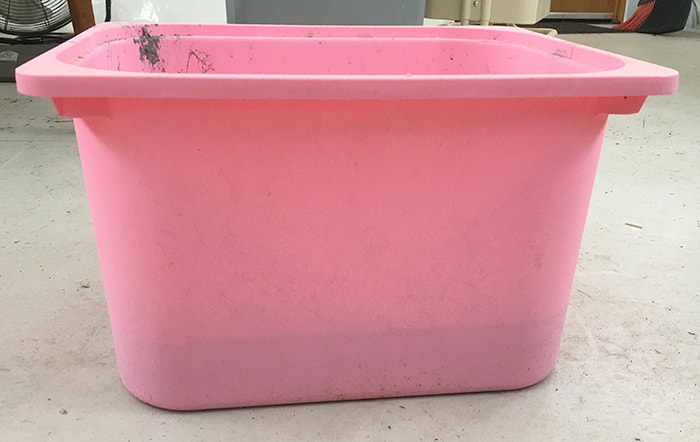
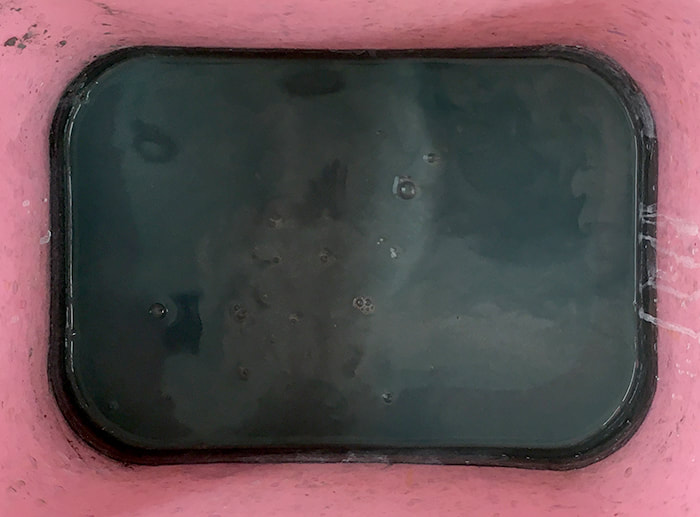
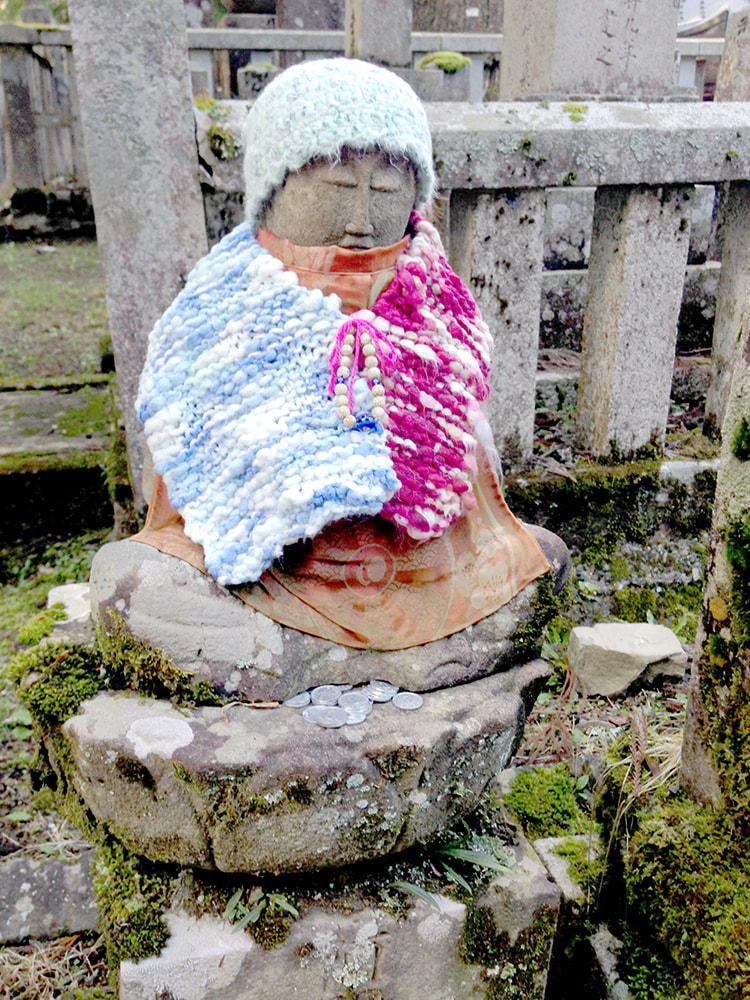
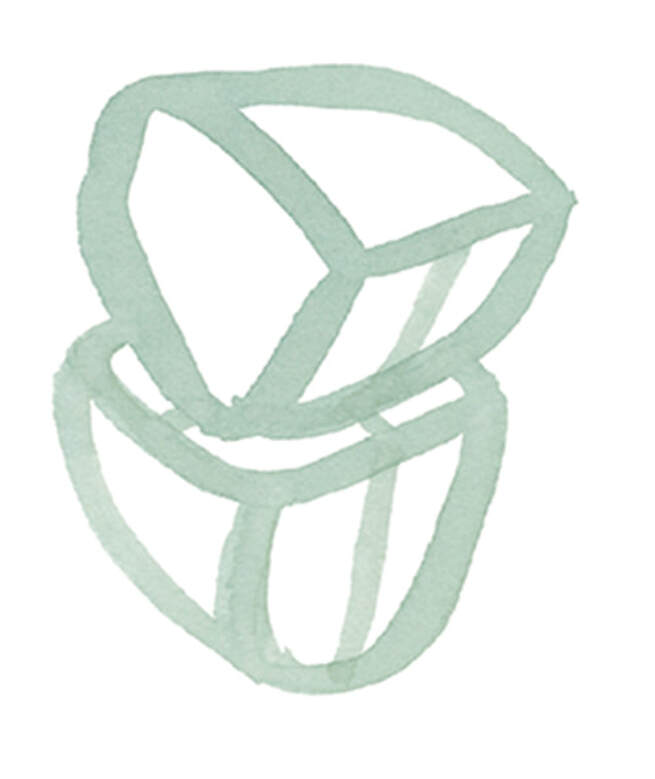
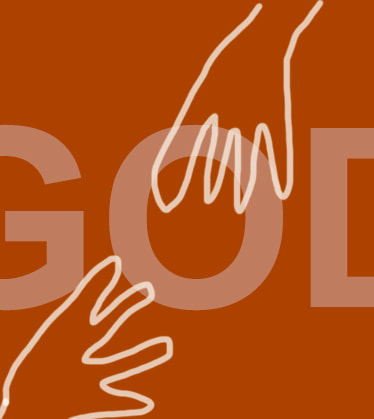
 RSS Feed
RSS Feed